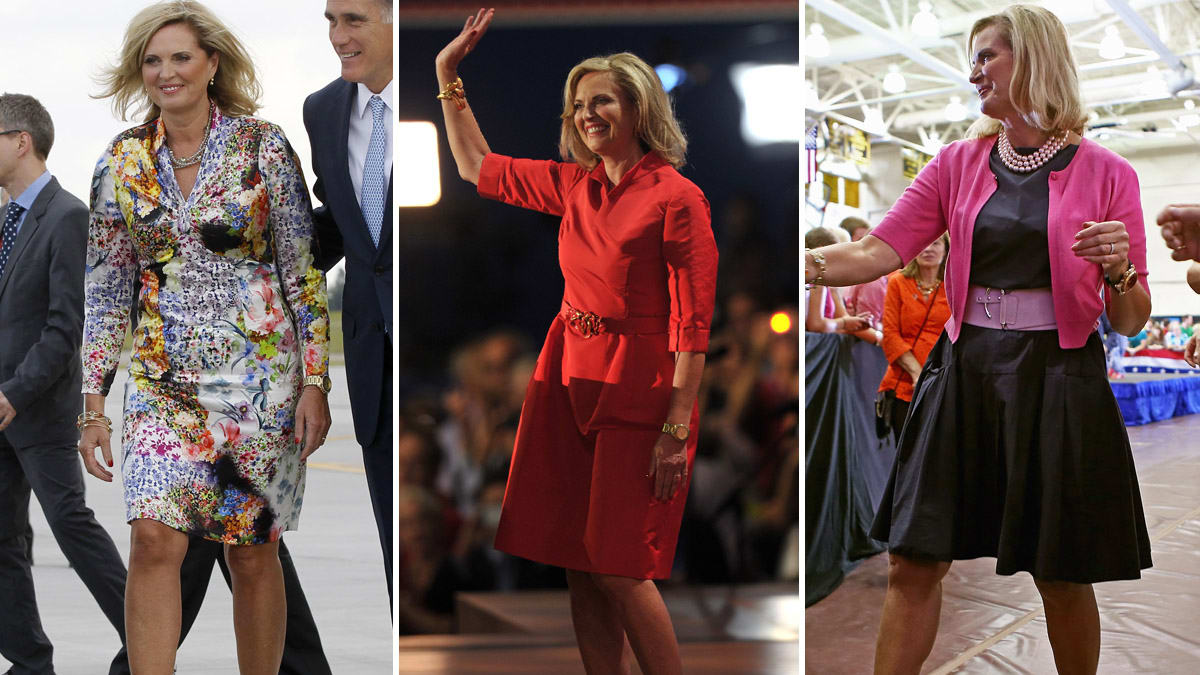At some point during the Republican National Convention—a political petting zoo of tamed politicians and talking points packaged in patriotism—the candidates and their wives will almost assuredly snuggle on stage in victory, wave in unison, and periodically point into the audience as if they have just spotted an old college roommate.
Politicians cannot resist this set piece—this choreographed messaging destined for the family album of our politics.
Like any family portrait, the grouping isn’t meant to tell some vital truth. This is no place for petty gripes, disagreements, and competitions. Instead the goal is to express an ideal, one that speaks of optimism, wholesomeness, and strength.
The aesthetics are vital as the cameras zoom in on this scene of smiling unity. By then, all the words will have been spoken. The audience can only stare, reflect, and ask: is this an image that makes us proud?
For Mitt Romney, the presumed Republican presidential nominee who awaits an unenthusiastic coronation, the costuming will be simple. He will wear a dark suit, a distinguished tie, and an American-flag pin. Indeed, Romney is almost certain to be flawlessly turned out, for he is a fastidious man who moves most gracefully when dressed in a well-tailored suit, rather than the Levi’s and shirt sleeves that the campaign trail’s glad handing and baby kissing require.
Paul Ryan, the vice-presidential choice, faces a greater sartorial dilemma. When his clothes track too closely with the presidential candidate’s, he looks like little Romney Jr.—a crinkle-browed boy in service to a man. Indeed, when the two similarly featured, dark-haired candidates sat for a recent interview with 60 Minutes, they looked like father and son, both wearing checked shirts, navy jackets, and American-flag pins. Such matchy-matchy, uniform dressing drained them of individuality and humanity, making them look like a couple of political widgets.

Such bland, aesthetic sameness defeats the purpose of campaign folderol, which aims to shape the candidates as three-dimensional individuals: compassionate, empathetic, and, most important, capable. That moment on stage—batting away red, white, and blue ephemerae—should compress months of effortful speechifying into a single nonverbal message: We relate to your problems. And we can fix them.
The four-day convention is the transition point when the Everyman reassurances—Ryan’s ill-fitting suits, both men’s comfort-sole footwear—gives way to a posture of impressiveness. Romney shouldn’t look like Everyman, and neither should Ryan; they should look better than that.
Ann Romney is making a transition as well, moving from campaign surrogate to possible first lady—a position in which a nation will have a vested interest in her words, deeds, and symbolism.
The media have often described the missis as a “secret weapon,” a sad and demoralizing description that suggests folks are gobsmacked to discover that a stay-at-home mom can be simultaneously charming and intelligent. When necessary, she has spoken in teasing tones, spilling secrets from the hearth: the grandchildren love mussing Mitt’s hair! And when the media ask about the couple’s tax returns, she shuts them down with the condescending edge of a mother reprimanding wayward children.
Ann Romney’s wardrobe has been as variable as her role in the campaign. Her style has ricocheted from the clichés of a suburban PTA mom to the sleek tailoring of a savvy company woman to the look-at-me idiosyncrasy of a lady of great wealth. A white shirt that wraps and ties around her waist, a wide pastel pink belt with a gold buckle, golf-ball-size faux pearls, ankle-cropped trousers, and vertiginous patterns are all in regular rotation.
The style is modern, but not particularly savvy. She is neither informed by fashion glossies, nor wholly unaware of them. After all, no one uninterested in fashion chooses off-putting zebra-striped dresses, sheaths in Custo Barcelona–meets–Etro–style prints, and a shirt with the image of a bird divebombing her chest.
To date, no signature style has emerged. No aesthetic point of view has been delineated. For all the power to be found in defining oneself visually, Ann Romney is merely amplified cacophony.
When she speaks at the convention, the words will be parsed, but the packaging will also be closely inspected. How might her image play on the world stage when she will be asked to stand among a herd of political spouses at G8s and G20s saying nothing, yet somehow remaining distinctive? How does one appear smart, compassionate, and capable—and so very American—when the only tools for communication are wool and silk?
Eventually the first lady defines her mission. Michelle Obama fights childhood obesity; Laura Bush championed literacy; Hillary Clinton fought to equate women’s rights with human rights. But along the way, each invariably became more polished, more stylish. They took control of their legacies, but they also took ownership of their images.
For Ann Romney, let self-possession begin with something in a nice, bracing solid.

